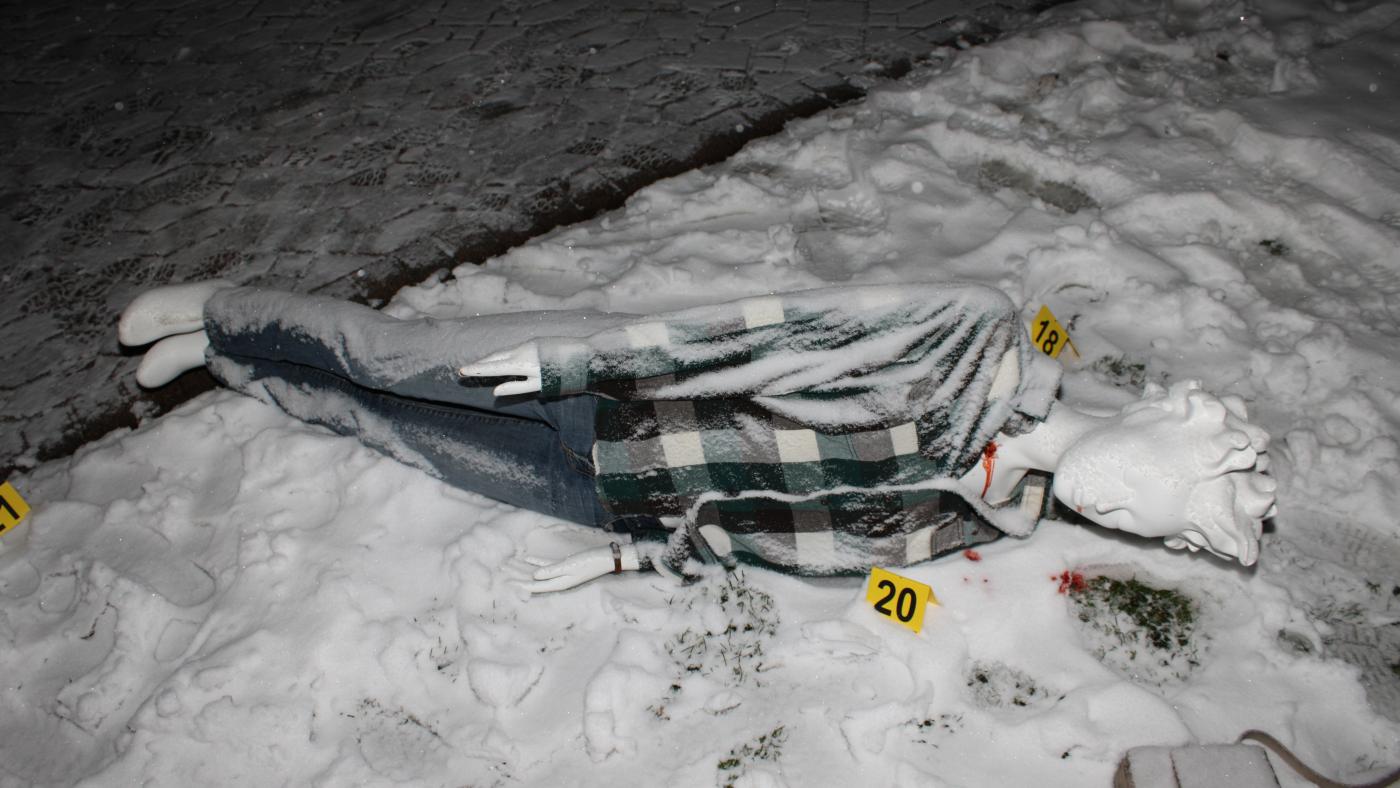Understanding Crime Scene Photos: A Comprehensive Guide
Crime scene photos are crucial in the investigation process, providing visual documentation of the evidence and circumstances surrounding a crime. As technology advances, the importance of these photographs has only increased, leading to a deeper understanding of their role in forensic science and the judicial process. This article aims to explore the significance, techniques, and ethical considerations surrounding crime scene photography.
In this comprehensive guide, we will delve into various aspects of crime scene photography, from its definition and purpose to the methodologies employed by professionals in the field. We will also discuss the legal implications and the impact such images can have on public perception and criminal proceedings.
Whether you are a budding photographer interested in forensic photography, a law enforcement officer, or simply curious about the subject, this article will provide valuable insights and information. Let’s embark on this journey to understand the intricate world of crime scene photography.
Table of Contents
- Definition of Crime Scene Photography
- Importance of Crime Scene Photos
- Techniques Used in Crime Scene Photography
- Essential Equipment for Crime Scene Photography
- Legal Implications of Crime Scene Photos
- Ethics in Crime Scene Photography
- Case Studies: Notable Crime Scene Photos
- Conclusion
Definition of Crime Scene Photography
Crime scene photography is the practice of capturing images of a location where a crime has occurred. These photographs serve multiple purposes, including:
- Documenting evidence for investigation
- Providing visual context for juries in court cases
- Preserving a record of the scene for future reference
Often referred to as forensic photography, this field requires a unique skill set and a keen eye for detail. The photographs must be taken in a manner that preserves the integrity of the evidence while conveying the story of the scene effectively.
Importance of Crime Scene Photos
The significance of crime scene photos cannot be overstated. They play a vital role in various stages of the criminal justice process:
- Evidence Collection: Photos help document physical evidence, such as fingerprints, blood spatter, and weapon locations.
- Reconstruction of Events: They assist investigators in piecing together the sequence of events that transpired during the crime.
- Jurisdictional Aid: Crime scene photos can be crucial in trials, helping jurors understand the circumstances surrounding the crime.
Furthermore, these images can also aid in exonerating innocent suspects, making them an essential component of the justice system.
Techniques Used in Crime Scene Photography
Professionals employ various techniques to ensure that crime scene photos are both informative and accurate. Some of these techniques include:
1. Wide-Angle Shots
Wide-angle shots capture the overall layout of the crime scene, providing context for where evidence is located.
2. Close-Up Shots
Close-up shots highlight specific pieces of evidence, such as blood stains or weapons, allowing for a more detailed examination.
3. Scale Indicators
Including scale indicators, such as rulers or measuring tapes, helps to provide a sense of size and distance in the photographs.
4. Lighting Techniques
Proper lighting is crucial in crime scene photography. Using natural light or flash judiciously can enhance the visibility of evidence without creating shadows that obscure details.
Essential Equipment for Crime Scene Photography
Having the right equipment is vital for capturing high-quality crime scene photos. Essential tools include:
- Digital camera with high resolution
- Tripod for stability
- Flash for low-light conditions
- Scale markers for reference
- Notebook for documenting details
Additionally, having backup batteries and memory cards is crucial to ensure that the photographer does not miss important shots due to technical difficulties.
Legal Implications of Crime Scene Photos
Crime scene photos can have significant legal implications. They may be used as evidence in court, affecting the outcome of trials. Therefore, it is essential that:
- Photos are taken in a systematic manner to maintain their integrity.
- Photographers ensure a chain of custody is established, documenting who has accessed the images.
- Ethical guidelines are followed to prevent the misuse of images.
Failure to adhere to these legal standards can result in evidence being deemed inadmissible in court.
Ethics in Crime Scene Photography
Ethical considerations are paramount in crime scene photography. Photographers must be respectful of the victims and their families, ensuring that images do not sensationalize or exploit the tragedy. Key ethical principles include:
- Obtaining proper authorization before capturing images at a crime scene.
- Maintaining the confidentiality of sensitive information.
- Refraining from sharing photos with unauthorized parties or on social media.
Adhering to these ethical guidelines ensures that crime scene photography serves its intended purpose without compromising the dignity of those involved.
Case Studies: Notable Crime Scene Photos
There have been numerous notable crime scene photos throughout history that have shaped public perception and highlighted the importance of this field. Some key examples include:
- Jack the Ripper Case: The photographs taken during this infamous investigation helped to shape public interest in criminology.
- O.J. Simpson Trial: Crime scene photos were pivotal in this high-profile case, influencing public opinion and legal outcomes.
These cases illustrate the powerful impact crime scene photography can have on society and the justice system.
Conclusion
In conclusion, crime scene photos are an invaluable tool in the realm of forensic science and criminal justice. They provide critical evidence, assist in legal proceedings, and help to reconstruct events. Understanding the techniques, equipment, and ethical considerations involved in crime scene photography can enhance our appreciation of this vital field. We encourage readers to engage with this topic further, share their thoughts in the comments, and explore related articles to deepen their understanding.
Thank you for joining us on this exploration of crime scene photography. We invite you to return for more insightful articles on topics that matter.
```
Exploring The Life And Journey Of Gypsy Rose: A Picture Story
Gypsy Rose Blanchard: The Photo Crime That Shook America
Khloe Kardashian Feet: A Detailed Exploration Of Style, Health, And Beauty


